Pakistan’s quest for political transformation

AS THE economy begins to matter more and more, Pakistan — the sixth-largest country in the world in terms of population — is in dire condition. With a debt-to-GDP ratio of 84.8 per cent — $278 billion in 2019 — Pakistan is trapped in a vicious cycle where there is limited possibility of the economy improving if policies continue in the same manner and method. Pakistan’s economy has been in crisis for years, predating the past election and the catastrophic floods. Inflation is backbreaking; the rupee’s value has fallen sharply, and its foreign reserves have now dropped to a precariously low level of $18.2 billion, enough to cover only two months’ worth of imports, and are constantly under threat of default. In Pakistan, an economic crisis comes around every few years, borne out of an economy that does not produce enough, spends too much, and is thus perpetually reliant on external debt.
Every successive crisis turns worse as the debt bill gets larger and payments become due. In the last two years, internal political instability and natural catastrophes have worsened it. In addition, another significant external element has contributed to Pakistan’s woes, namely, rising global food and fuel prices in the wake of Russia’s war in Ukraine. The combination of all these elements has spelled perhaps the greatest economic challenge Pakistan has ever seen. Yet, sadly enough, the government has been mired in politicking. Despite the newly formed government promising a semblance of political stability, Pakistan continues to grapple with deep-seated economic woes and escalating security threats.
In this backdrop, the question is: what realistic path can it choose to take the country out of this abysmal situation, recognising the highly corrupted political environment it has fallen into and the economic misfortune that has besieged Pakistan? There is no clear answer one can reasonably offer at this juncture in history. Let us try to make some sense that would likely be considered feasible, in the best of circumstances.
First is the core issue of bringing political stability. The coalition government elected in February this year, supported by the all-powerful military-intelligence establishment, could offer some semblance of political stability for some time. But anyone with some political knowledge would know that the last elections revealed the utter dissatisfaction of a young population lacking economic opportunities and thus being resentful at both the country’s dynastic political parties and the omnipotent military’s political meddling.
One cannot dismiss the fact that Imran Khan’s party, Tehreek-e-Insaaf, PTI, which was barred from using the party banner, won more directly elected seats in parliament as independents than any of the other parties. However, PTI failed to secure a majority by itself and failed to find coalition partners. On the other hand, the Pakistan Muslim League, PML, and the Pakistan People’s Party, PPP, secured fewer seats than the PTI on election day. The power politics manoeuvred into bolstering these by using mandatory quotas — seats reserved for women and religious minorities based on each party’s share of votes — a privilege not available to independent candidates (meaning the PTI candidates) under Pakistan’s constitution. In a strange twist of events, the PPP abstained from taking cabinet posts but remained a partner with the PML in forming a coalition government.
To add to the peculiarity of the situation, PML offered and PPP accepted its head, Asif Zardari, to assume the presidency of the country, a largely symbolic position. This way, the PPP ensured that the PML alone bore responsibility for the difficult economic decisions that lie ahead. Imran Khan, the jailed former prime minister, removed from power with a no-confidence motion triggered by the help of the military, publicly rejected the election results, terming them rigged. In the aftermath of the elections, Khan’s supporters generated much political noise but fell short of creating massive disruption or fomenting a revolution, being suppressed by brute military force.
Let us examine the grim economic woes that Pakistan faces. Pakistan’s GDP showed a growth rate of 0.29 per cent in the fiscal year ending June 2023, much below the target of 5 per cent set the year earlier. With a GDP of $345 billion, Pakistan’s current external debt stands at $123 billion, and the country needs to repay $78 billion of loans from international sources before 2026. However, this is not unique to Pakistan’s economic history. Pakistan’s economic crisis is cumulative. It has one of the lowest tax-to-GDP ratios in the world and remains a cotton and textile economy that has not expanded much in its industrial outputs or exports. Since 1958, Pakistan has borrowed from the IMF 23 times. The funds have mostly been used to cover past debts and refinance current spending, rather than for investments. The other major factor to cite is that the successive governments of Pakistan have based their budget exercise on massive international military and non-military assistance from Western countries, primarily from the US.
As for now, it is a much more complex dynamics under which Pakistan’s economic future is hanging in the balance. What is not helpful is the fact that most of the leading politicians in the country frequently ignore parliamentarians’ views and show very little regard for press freedom. In the past few years of political ramblings, further eroding Pakistan’s economic foundation, people’s support for the military in segments of the population who were hostile to politicians has vanished. Now, the embattled armed forces have an interest in working with the politicians they previously disparaged, if only to retain their institution’s pre-eminence. ‘In addition to having the final say on foreign policy and national security, the military also has an interest in reviving Pakistan’s stagnant economy’, observed an eminent Pakistani analyst.
But there is more bad news in the closet that is coming out late. The protracted economic crisis that unfolded in 2021 has triggered an alarming 119 per cent increase in the emigration of highly skilled professionals during 2023, as revealed by the 2024 Economic Survey of Pakistan. The statistics paint a grim picture: a staggering 45,687 skilled individuals departed Pakistan as compared to 20,865 in 2022. This surge in brain drain has punctured the government’s claims of ushering in a prosperous future for the country. This mass exodus has triggered the closure of nearly 50 per cent of the industrial units nationwide, thus exacerbating unemployment woes. However, a high volume of remittances from Pakistanis abroad have come to some relief so far.
From 2018 until now, Pakistan has been operating under hybrid political systems. Though it looked like the political leadership was in the driving seat, it was not the real picture because it was the military establishment that was pulling the strings from behind the scenes. Owing to the expanding role of the establishment, it would not be wrong to think that the present (civilian) government is toothless because the establishment has assumed a far bigger role than it had during the Imran Khan-led government. More significantly, the judiciary has opined that the establishment has been intervening in its work. To stop this intervention, six judges from the Islamabad High Court have written a letter to the Supreme Judicial Council to take the needed action. Similarly, in the Senate, the establishment has brought its own people to facilitate legislation at times when incumbent legislators refuse to do its bidding.
The relatively new government, a coalition of untrustworthy partners led by prime minister Shehbaz Sharif, is barely holding on to power despite the support of the establishment. Growing public dissatisfaction and ever-increasing economic challenges have made the situation nearly untenable. On May 9, the country witnessed public hostility against the military and the new government, resulting in the loss of life and national assets. The authorities want the PTI to apologise to the nation for inciting violence, but the PTI refuses to admit its role in the violence and claims that the government came to power illegitimately. There is plenty of truth in the claim. Thus, there is growing concern that the standoff is heading towards a confrontation that may not end peacefully.
We know that achieving national harmony presupposes selfless, courageous leaders dedicated to building bridges, not walls. The problem is that the political process in Pakistan has turned into a personal power struggle. Political parties and leaders operate like cults — sycophantic and authoritarian — instead of focusing on enhancing democratic values and practices or committing to public services. Pakistani academics and civil society feel that the political system has failed them, working to entrench the advantages of the elite rather than serve ordinary citizens.
The government and the opposition must choose between pursuing negotiations or resorting to violence. If the government ignores the public’s mounting frustration and discontent, it risks a severe public backlash. It is a grim standoff involving power dynamics, adversarial personalities and economic pressures. And so far, neither side is willing to compromise.
Pakistani media personalities say that there is no way forward for Pakistan if its political leadership — be it Nawaz Sharif, Imran Khan or Asif Zardari — remains the way they have chosen for themselves, which is to come to power on the back of the establishment. If they choose to free themselves from the clutches of the establishment, they must resolve outstanding political differences with the spirit of consensus and agreement between them. If they follow this wiser path, the establishment might refrain from meddling in politics. If not, Pakistan will invite its own collapse as a stable country with a federal structure.
The often-asked question following prolonged uncertain situations in Pakistan is whether they will push Pakistan over the edge, ‘edge’ being defined, at the minimum, as another military takeover, and, at the maximum, as the breakup of the state itself. No one knows the answer to that question yet. Various studies currently underway are deeply divided along the optimism/pessimism spectrum. With its declining social indicators, its crumbling infrastructure, and its military’s misplaced priorities, Pakistan is a deeply troubled state. Were it not for the large number of talented Pakistanis, one would be tempted to judge it to be in terminal decline. Everyone who cares about this nation would like to remain optimistic, thinking of the fate of the 170 million people who have been waiting for good days since the country was born in August 1947.
Humayun Kabir (kabirruhi@gmail.com) is a former senior official of the United Nations Headquarters.


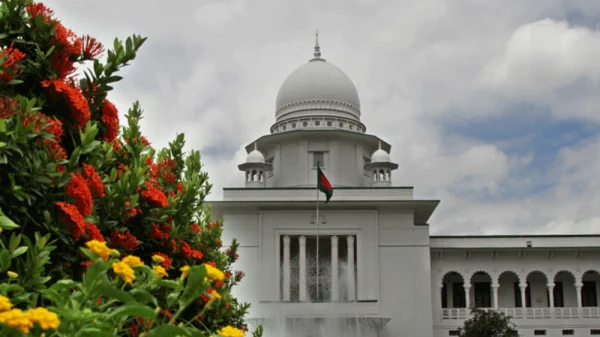









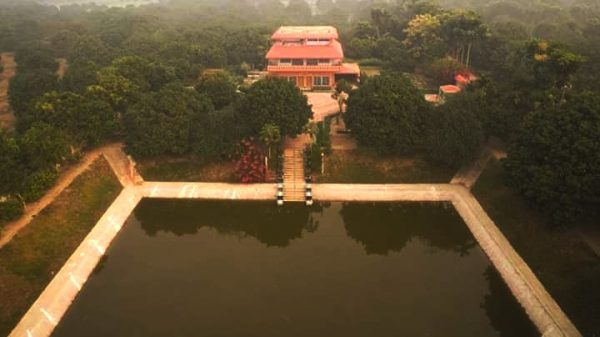
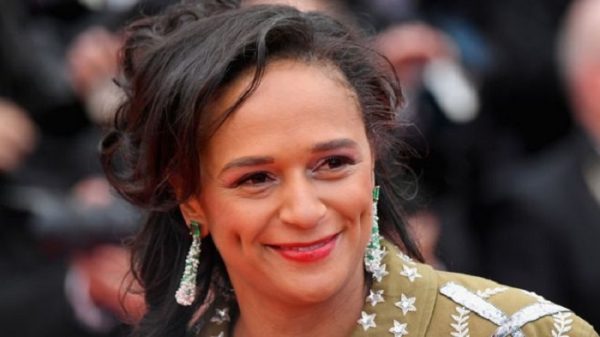
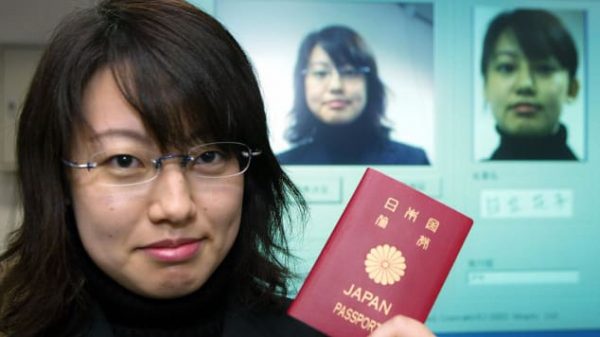
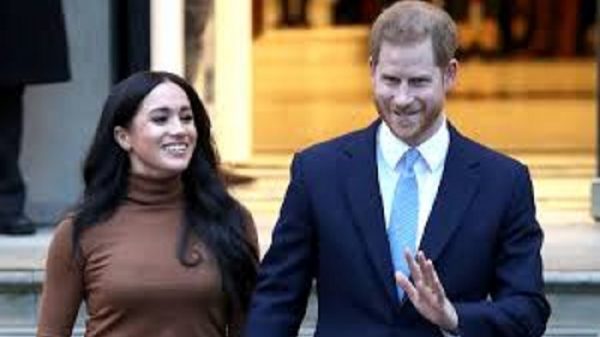

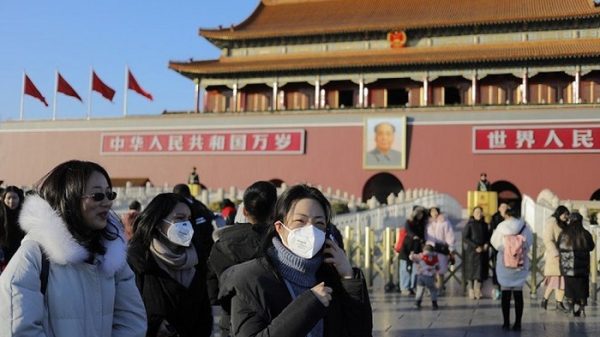
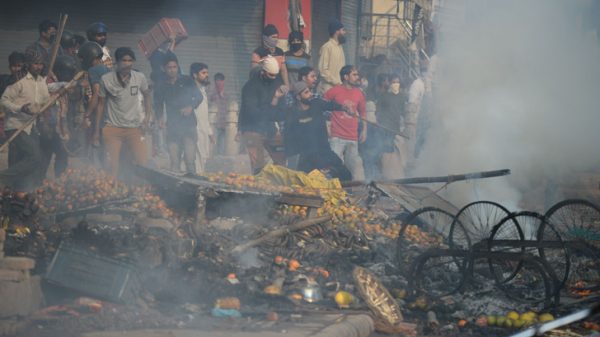




Leave a Reply